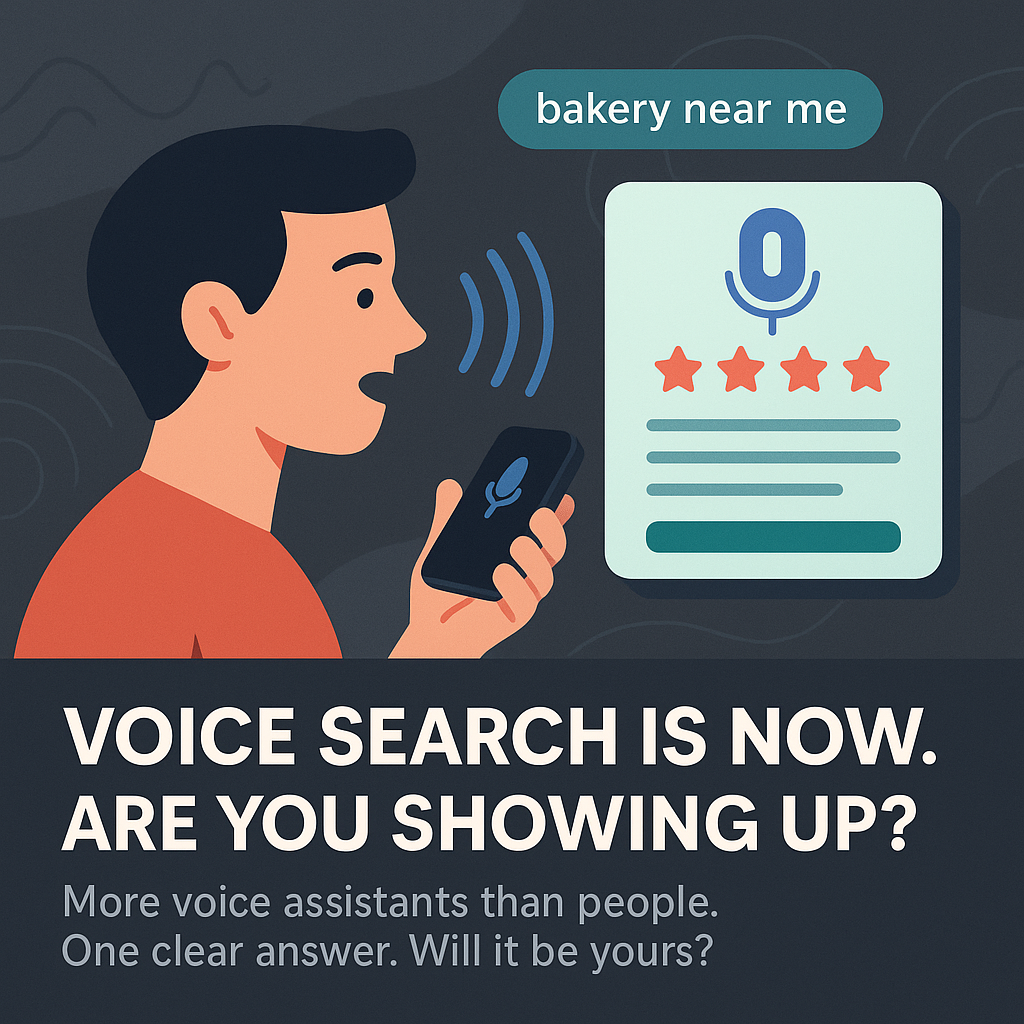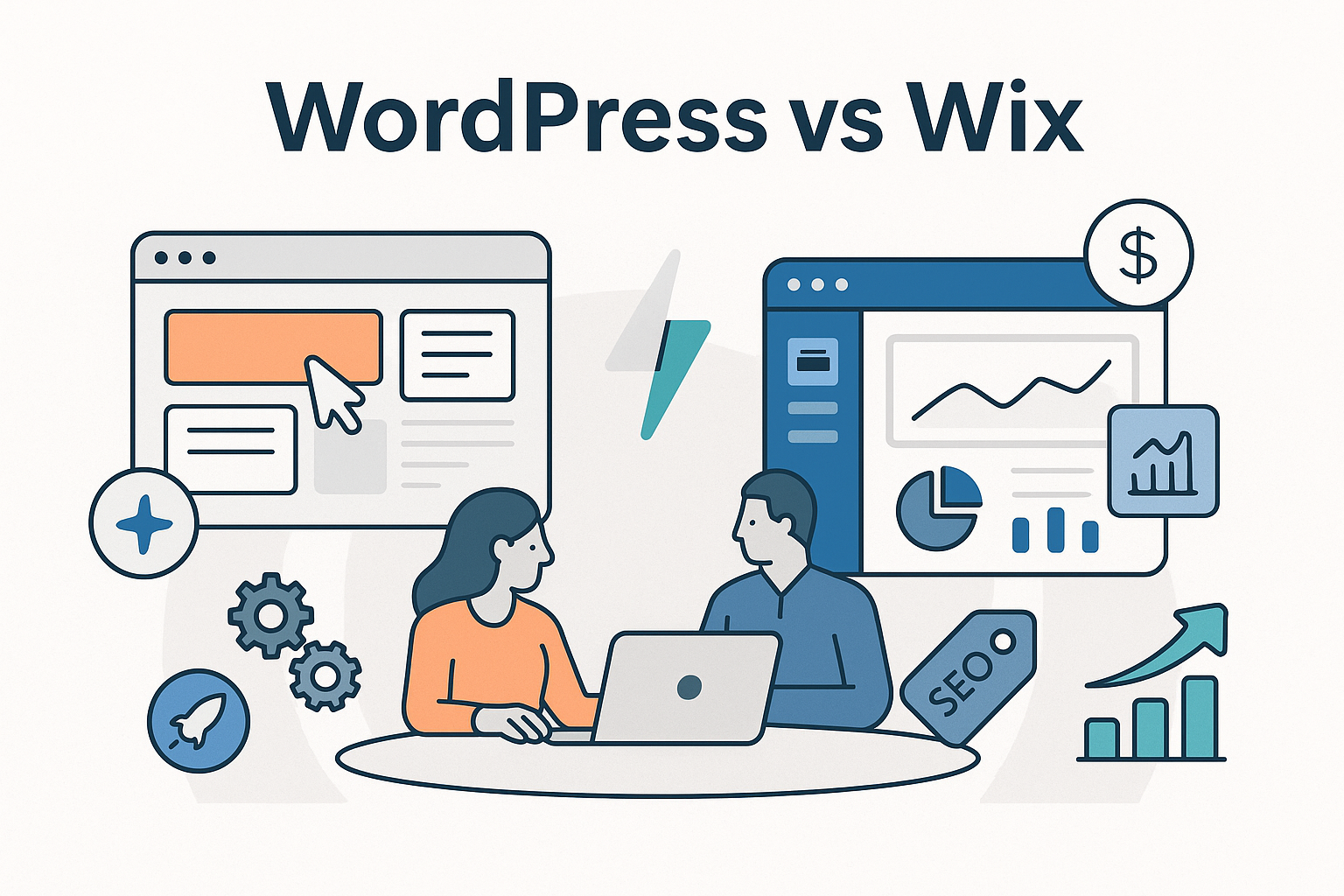The Shifting Sands of Local Search
Local SEO has always been the lifeline for small businesses competing in crowded markets. Whether you run a family-owned restaurant, a law firm, or a boutique shop, showing up in local search results can mean the difference between steady foot traffic and a slow day. Customers rely on their phones to find the nearest solution to their needs, often making decisions within minutes.
But search behavior isn’t what it was five years ago. Algorithms are smarter, voice search is mainstream, and people expect results tailored not just to their city, but to their personal context. The old tactics of filling out a directory listing and sprinkling in some keywords no longer cut it.
That’s where Artificial Intelligence (AI) and hyper-personalization come in. In 2025, these two forces are redefining what it means to be visible locally. Small businesses that embrace them will have an edge, while those that don’t risk fading into the background.
AI’s Role in Revolutionizing Local SEO
Smarter Keyword Research
Keyword research used to be about brainstorming phrases and running them through a tool. AI has changed that. Today, AI-powered platforms can analyze millions of searches, spot micro-trends, and surface hyper-local long-tail keywords most humans wouldn’t think of.
Take an HVAC company in East Lansing. Instead of just targeting “AC repair,” AI tools might reveal people searching “emergency AC repair East Lansing open now.” That level of detail captures real intent, the kind that leads to conversions. By predicting what locals are likely to type or say, AI gives small businesses a sharper way to match demand.
Automated Local Listing Optimization
For years, business owners struggled with keeping their name, address, and phone number consistent across platforms. A typo here, an outdated number there, and suddenly rankings take a hit. AI tools now monitor and fix these discrepancies automatically.
Google Business Profile (GBP) updates, directory corrections, and review monitoring can all be managed in real time. Instead of manually updating twenty different sites, a small business can let AI handle the legwork and ensure customers always see accurate information. That kind of automation saves time and prevents costly mistakes.
Predictive Analytics for Local Trends
AI isn’t just reactive, it’s predictive. By crunching data from search queries, social chatter, weather patterns, and seasonal spikes, predictive analytics help businesses prepare for demand before it happens.
Imagine a coffee shop in Detroit seeing a forecast of colder-than-usual weather. AI tools might suggest stocking more seasonal drinks and promoting them online ahead of the temperature drop. Or a landscaping business could anticipate booking surges after local storms. That foresight turns guesswork into strategy.
Voice Search Optimization
“Hey Google, where’s the closest vegan restaurant?” Voice queries like this are now part of everyday life. Unlike typed searches, voice queries are conversational and often longer. AI-driven algorithms interpret these natural phrases with better accuracy than ever.
For small businesses, this means adjusting content to answer questions the way people actually speak. A well-written FAQ page in plain language could be the difference between showing up in a voice result or being invisible.
Hyper-Personalization: Connecting with Local Customers on a Deeper Level
Geo-Fencing and Location-Based Marketing
Picture a shopper walking near a boutique store. As they pass by, they get a notification with a discount valid for the next hour. That’s geo-fencing in action. Using location-based data, businesses can send personalized offers to people nearby, nudging them to stop in.
This isn’t just about discounts. A local gym could send a motivational message to people within a certain radius during the new year, when fitness goals are top of mind. Hyper-local targeting like this feels timely and relevant, which makes it more effective.
Personalized Content for Local Audiences
Content that connects locally goes beyond general advice. A fitness center in Detroit could write about “10 ways to stay active during Michigan winters.” A roofing company might post about storm prep specific to Ohio’s climate. When content speaks directly to the audience’s environment, it builds trust and relevance.
Personalization also extends to social media. Posts highlighting local events, featuring community stories, or sharing behind-the-scenes glimpses of staff resonate more than generic updates.
Review and Reputation Management
Reviews matter, but managing them well is often overwhelming. AI-powered sentiment analysis now helps business owners understand the bigger picture. Instead of reading hundreds of reviews one by one, AI categorizes themes: long wait times, friendly staff, quality products.
It also suggests tailored responses. A hotel might receive an AI prompt to respond warmly to a positive review, while offering a polite apology and solution for a complaint. Customers notice when responses feel genuine and personal, and that builds stronger community trust.
Local Schema Markup and Structured Data
Schema markup may sound technical, but it’s really about helping search engines understand your business better. Adding local schema can highlight hours, menus, services, and even events.
When paired with personalization, schema ensures that a local bakery doesn’t just show up in results, but shows up with its daily specials, reviews, and delivery options. That level of detail makes a listing more appealing and clickable.
Practical Strategies for Small Businesses in 2025
So what should small businesses actually do with all this? Here’s a practical roadmap for 2025:
Invest in AI-Driven SEO Tools: Platforms like BrightLocal, SurferSEO, or Moz Local now include AI features for tracking competitors, finding hyper-local keywords, and managing listings.
Create Localized Content: Blog about city events, write guides relevant to your neighborhood, or share customer stories from your area. Local context wins over generic advice.
Optimize for Voice Search: Build content in a conversational tone. Think: “Where can I find late-night pizza in Cleveland?” and make sure your site has answers.
Prioritize Google Business Profile: Update it weekly with posts, offers, photos, and accurate info. It’s the single most important digital property for local visibility.
Encourage and Manage Reviews: Ask satisfied customers for feedback, respond promptly, and show gratitude. Each review is both a trust signal and fresh content for Google.
For deeper strategies, see SEO Services, Local SEO, Content Marketing Strategy, Local Content Creation, or blog posts like Local SEO for Attorneys, Local Search Guide and AI in SEO, Ohio SEO Firms.
Case Studies and Examples
Café in Columbus: By using AI-driven predictive analytics, the café anticipated morning rush demand and adjusted staffing. Result: shorter lines and higher customer satisfaction.
Plumber in Detroit: Implemented conversational FAQs targeting voice searches like “Who fixes pipes near me?” Traffic and calls increased noticeably.
Boutique in Cleveland: Ran a geo-fencing campaign during local festivals, offering event-day discounts. Foot traffic doubled during those weekends.
These stories prove that AI and personalization aren’t just buzzwords. They’re tools already helping small businesses thrive.
Embracing the Future of Local Visibility
Local SEO has always been about connecting businesses with the communities they serve. In 2025, AI and hyper-personalization raise the stakes. They make it possible to anticipate customer needs, respond in real time, and create digital experiences that feel tailor-made.
For small businesses, the challenge is no longer whether to embrace these tools, but how quickly. Those who adapt will not only stay competitive, they’ll set the pace for local markets.
The message is clear: start now. Experiment with AI tools, rethink your content, and personalize every interaction. The future of local visibility belongs to those who are ready for it.

